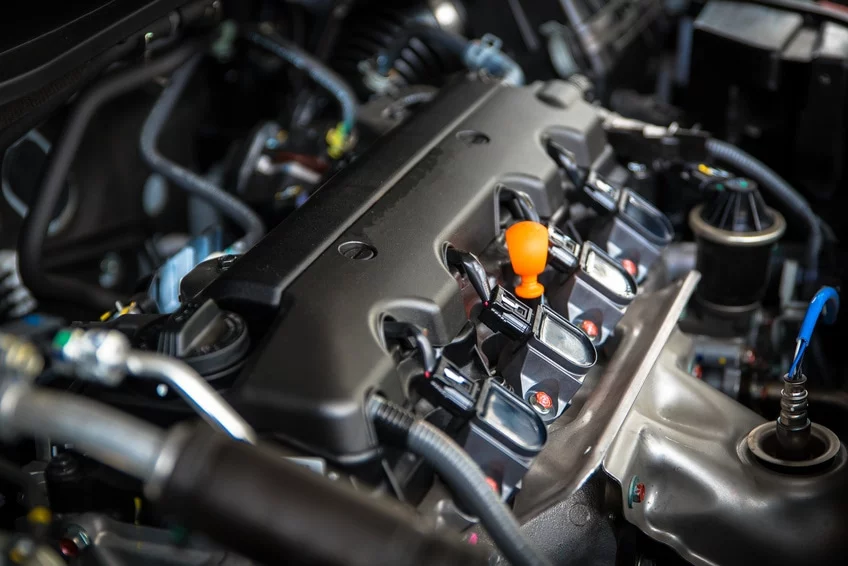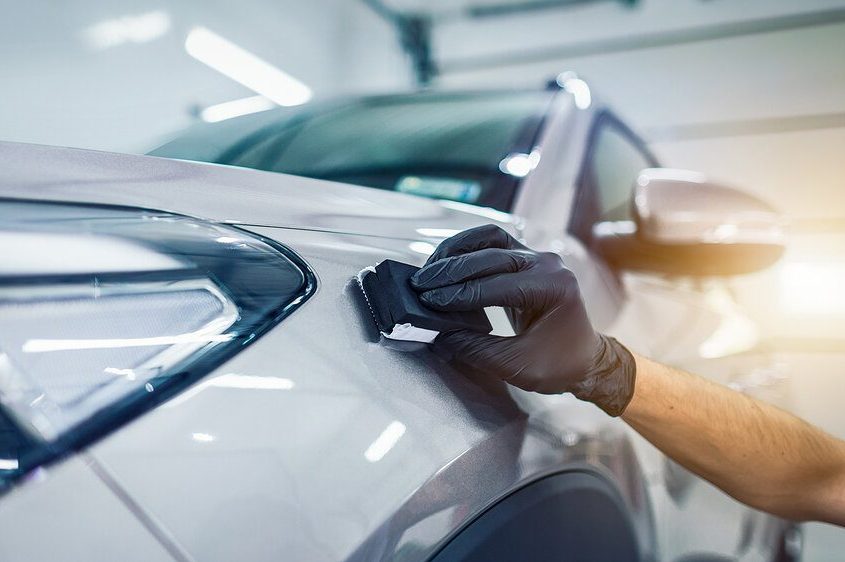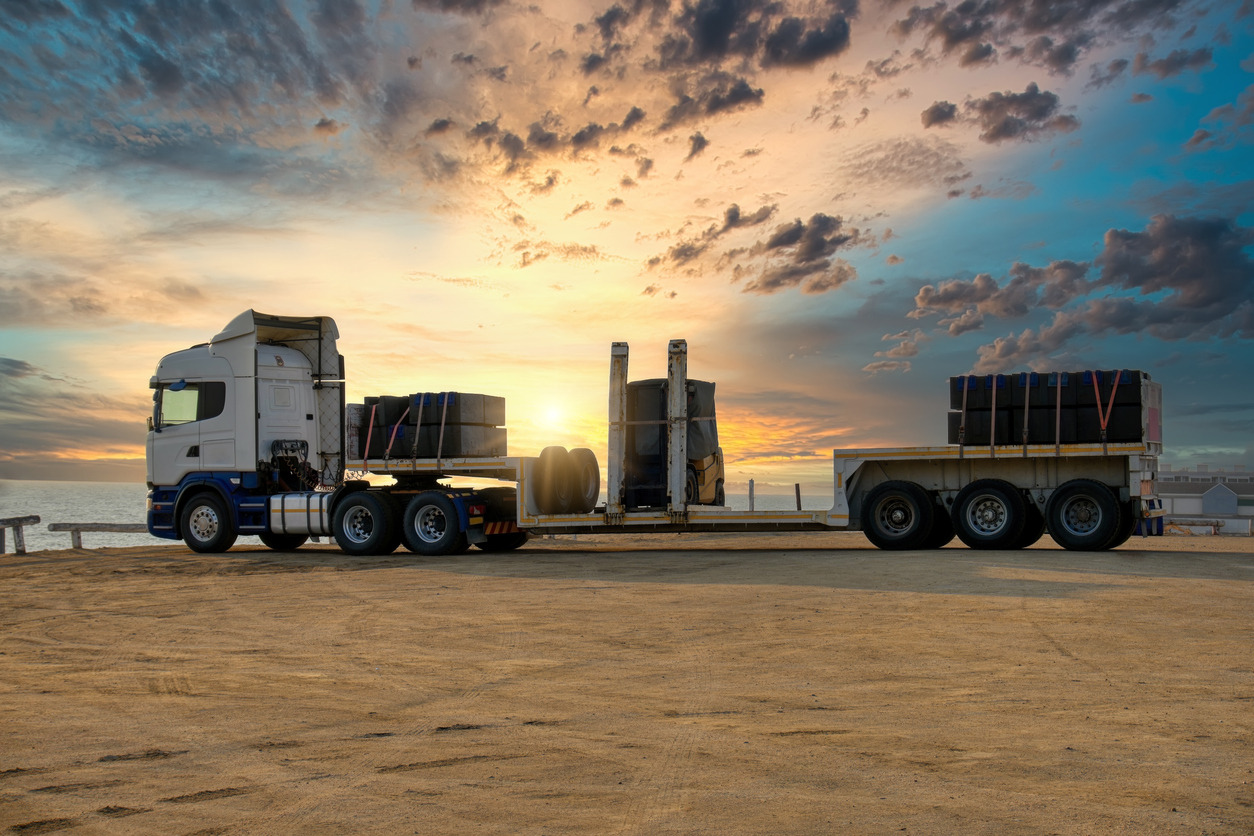Understanding how something works is not only gratifying, but it can also make diagnosing and fixing problems much easier. The more you know about what’s under the bonnet of a car, the better off you’ll be. Our guide will give you a quick overview of how engines work, What Are the Different Types of Car Engine?, followed by an in-depth look at their various configurations and layouts. This includes intake, compression, combustion, and exhaust. In the following, we examine how each stroke contributes to the combustion cycle in an automobile engine. There are usually four steps in a cycle (hence the name four-stroke engine).
How Do Car Engines Work?
Since it is so easy to start a car with a key, engines are often taken for granted. Most drivers don’t notice all the technical wizardry taking place under the hood, but the engine is one of What Are the Different Types of Car Engine? of the most impressive engineering marvels on earth. The power generated by engines comes from internal combustion, small, controlled explosions. Cars move forward by igniting the fuel-air mix in the cylinders, a process that occurs thousands of times a minute. This is known as the combustion cycle.
Intake
During the crankshaft’s rotation, the pistons move up and down until they reach the camshaft’s valves. By moving the piston down, the timing belt rotates the camshaft, which opens the valves and releases the fuel-air mixture. This is called intake.
Combustion
A spark plug ignites the fuel-air mixture just before the piston moves downward again, causing a small explosion. This causes the piston to move downward rapidly, generating the energy needed to power the engine.
Exhaust
The exhaust valve opens when the piston reaches its lowest point. By moving the piston back up, the gas from the explosion is emitted down the exhaust valve. On top, the exhaust valve is closed, and the process is repeated.
Common Car Engine Layouts
For certain engines, car manufacturers use different cylinder layouts mainly to boost power or fit the engine in a tight space under the hood. Let’s take a look at the most common car engine cylinder layouts.
Straight
From front to back, the cylinders of a straight engine are arranged parallel to the car. Straight engines, such as those What Are the Different Types of Car Engine? in BMW and Mercedes, can have more cylinders due to this arrangement.
Inline
Inline layout refers to arranging cylinders side-by-side in an upright position across the engine bay, perpendicular to the vehicle. Other components (radiator, battery, cooling system) can be placed outside, making the engine compact and small. Most hatchbacks and small family cars come with an inline engine.
V
From the front, a ‘V’ engine is characterized by the arrangement of the cylinders. V-shaped engines have cylinders mounted on their side at a 60° angle, two rows facing outward, connected by a What Are the Different Types of Car Engine? crankshaft at the base. Flat
The cylinders of a flat engine are arranged horizontally, with two rows facing outward. In spite of not being very common, flat engines are highly regarded for offering a low center of gravity within the engine bay. In their legendary 911 sports car, Porsche uses a flat-six engine, which is one of the largest manufacturers of flat cylinder engines.
Engine Cylinder Configurations
Before, a car’s performance was determined by the number of cylinders it had, but that is no longer true. In the present day, vehicles with fewer cylinders are able to compete with larger engines due to the development of powerful fuel injection systems and turbochargers. We will look at the most common engine cylinder configurations, and which kind of cars they’re likely to be found in.
Twin-Cylinder
It is rare to find a two-cylinder engine because they have low power output and capacity. Manufacturers are now using turbochargers to make small, eco-friendly twin-cylinder engines. The Fiat TwinAir is a good example of this, and it is found on cars like the Fiat Panda Aria and the Fiat 500 TwinAir.
Three-Cylinder
The three-cylinder engine is primarily used in small cars, but with the introduction of turbochargers, they have started appearing in larger family hatchbacks, such as the Ford Focus. The odd number of cylinders in three-cylinder engines affects the engine’s balance, causing a distinctive burbling noise and shuddering vibration.
Four-Cylinder
Inline four-cylinder engines are found on a large majority of small to mid-range cars and are the most common configuration. A four-cylinder engine has a good amount of output and can be turbocharged for increased power.
Five-Cylinder
The vibration of a five-cylinder engine is similar to that of a three-cylinder engine because five-cylinder engines are very rare. Volvo is one manufacturer that uses five-cylinder engines regularly, because the car’s comfort and refinement offset the vibration effect.









